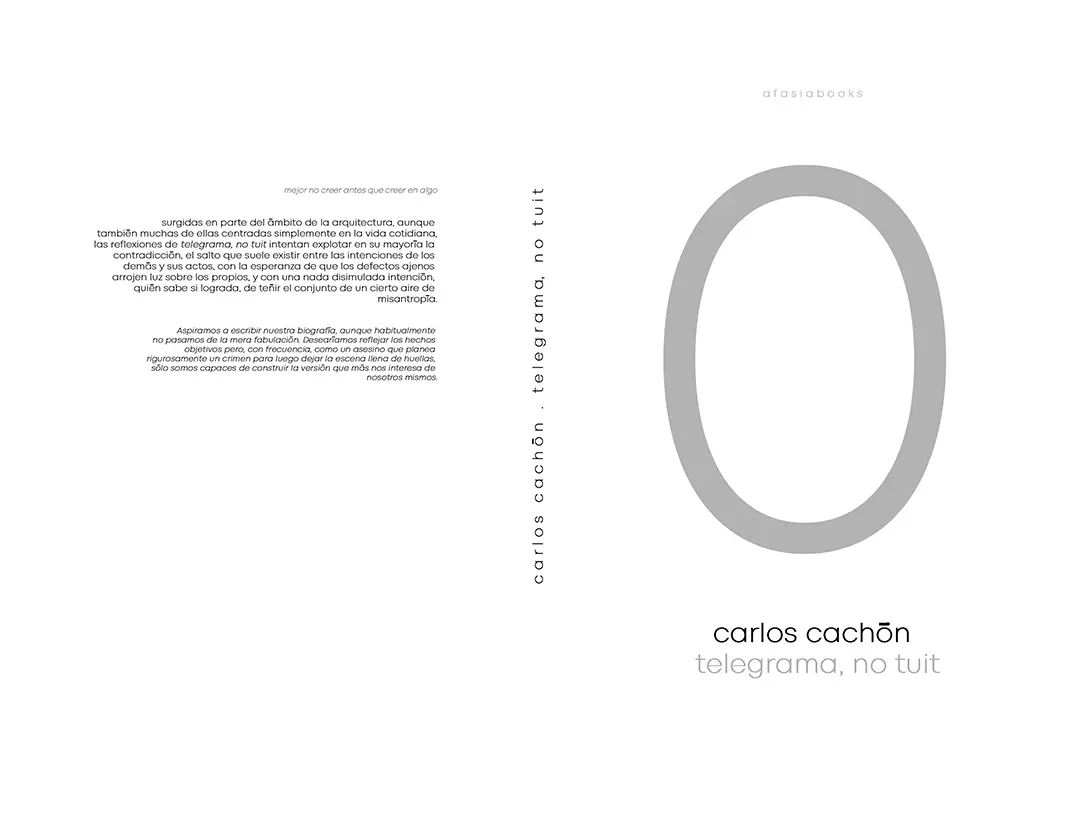
But not all the graffiti focused on the never-ending battle between left and right. In some of them we see a problematisation of religion, strongly imposed by the primary states of Francoism. This idea can be seen in some of the works selected from Armengol’s entire production: “Curas a trabajar” is written on the wall of a church in La Seu d’Urgell (Lleida, 1976), while in the background a priest shows us his disturbed face. In others, a nascent Spanish feminism shouted some of the demands that are still echoed in the 8M demonstrations today. As if we had made no progress from 1977 to the present day, the photograph “A MUJER VIOLADA PICHA CORTADA” allows us to see the problem of machismo that has been ingrained in our culture for as long as time has been time. Francoism, therefore, did not only affect a specific sector of the population (see the revolutionary left), but also permeated all the pores of a society that had no place for women and, in short, for anyone who came under the heading of “vagos y maleantes”.
Sergio Rodríguez Beltrán
_






